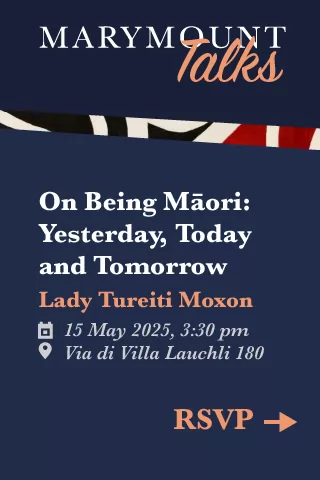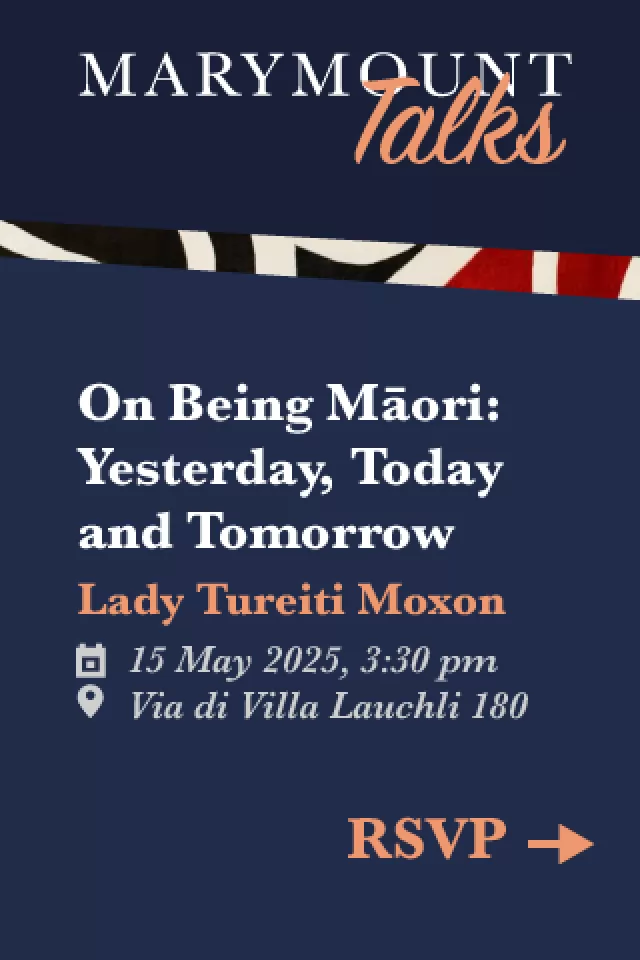Il Dco in Italia.
20 March-13 June 2004. Italian art and objets dart from between the two world wars.
Between the two world wars, a new style was spreading, unaware of itself. It came from, and worked against, the preceding trend: "Art Nouveau", "Jugendstil" or "Liberty", which at the turn of the century had begun to sprout in Paris, Brussels, Vienna and even Edinburgh. This "Art Nouveau" was curvaceous, tendril-like, it was like heavenward-straining vegetation. It could not tolerate the straight line, not even in buildings, let alone in chairs and objects of daily use see the old wrought-iron entrances of the Paris metro, the creations of Gaud in Barcelona, those of Henry Comfort Tiffany in New York.
But after the shattering brutality of world war one, a different drive entered the reign of applied art. All became bright and clear, in bold, repetitive patterns. Vegetation was out and geometry was in. Some beautiful curves remained despite the new angularity and even some opalescence. However, zigzags, triangles, wedges, cubical patterns in vivid colour contrasts, dominated. Though many of the new objects appeared officially for the first time in the "Exposition Internationale des Arts Dcoratifs" in Paris in 1925, it took some decades until at last a proper name was affixed to the style: "Art Dco".
In this charming and attractive exhibition, with a preponderance of glass vases and vessels, porcelains and small objects which for once are perfectly suited to the narrow dimensions of this Roman showplace Art Dco admirers have a fine time feasting their eyes. Even the period posters, which were macho and fascist, exhibit a certain grim grace.
The fine examples of the sculpture and painting in the parallel period are most welcome, though in a sense the term "Art Dco" itself implies decoration and not fine art, both of which of course in all periods may overlap. Here is the work of the Futurists Balla, Depero, Prampolini and Severini, and the "New Objectivity" of the likes of Carr, Sironi and Casorati. Above all there are the delicious sculptural surprises by Arturo Martini, Andreotti and Cambelotti. Francesco Nooni is an unusually imaginative ceramist, fashioning porcelain pieces like little luxurious dreams, bedizened with curlicues of gold. He has not yet had his fair share of attention. There are also many little incisive prints and sparkling jewellery.
The gleam of glass, crystal and porcelain is played against ebony and modern bakelite, ivory is against gold seeing, you can feel the surfaces. It is a tactile delight.
That Art Dco is still relatively fresh and unexplored today is proved by the fact that some of its items can still be snared by the perspicacious collector in street markets and junk shops for the proverbial "song" today.
Unlike "Fine Art", the attraction of this household stuff is based on something subjective, a secret longing, an undercurrent. Those of us who unconsciously have absorbed the aura of daily "Art Dco" around us when we were little, are spontaneously glad of this show. Its so wonderfully chock-full of slightly and rightly pass objects, all of sheer, sly elegance. Edith Schloss
General Info
View on Map
Il Dco in Italia.
Chiostro del Bramante, Piazza della Pace, tel. 0668809098.

















